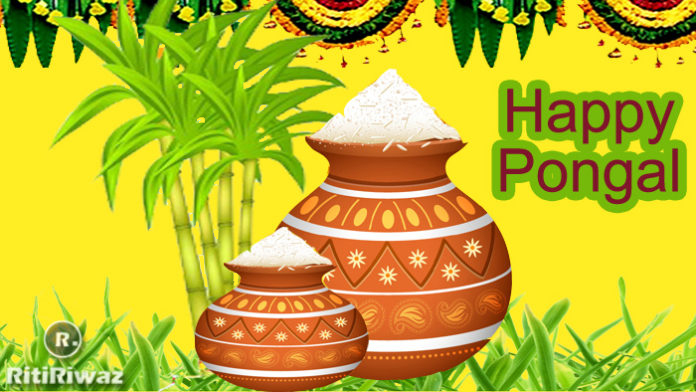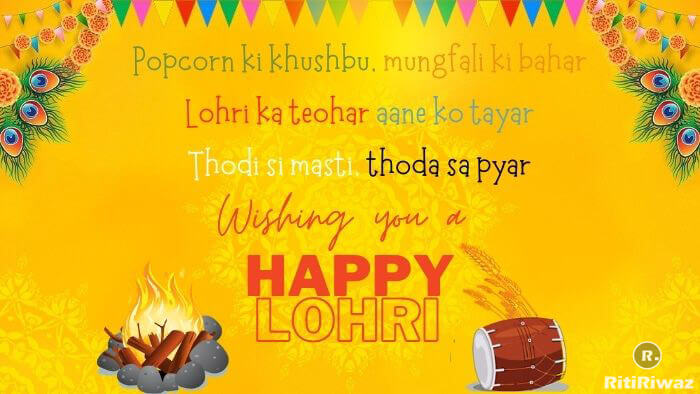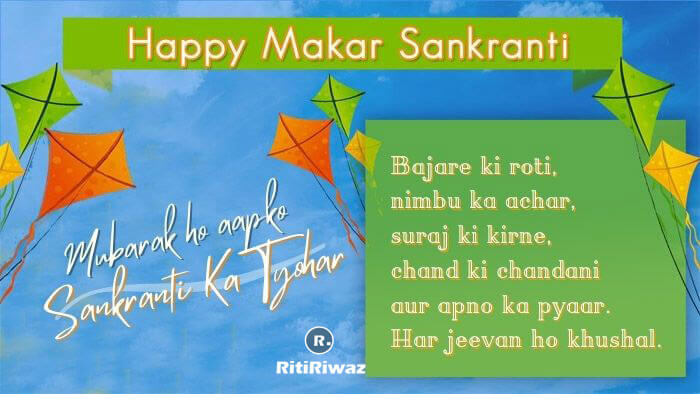The worship of Durga | Durga Puja
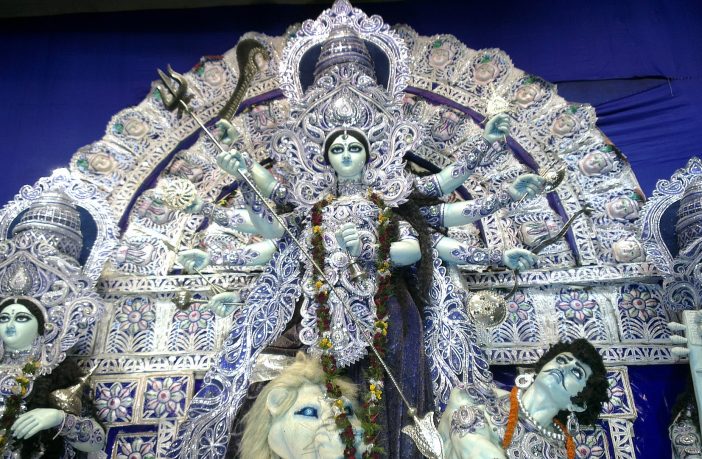
Durga Puja is the biggest festival in Bengal. Also known as Durgotsava is the festival of Supreme Sakti is the mother of all. The festival falls in the month of Ashvin or September or October of the Gregorian calendar.
India is not only the Italy of Asia, or the land of romance, land of art and beauty, it is the religion earth’s central shrine. Western travelers visiting India arc somewhat shocked at the noisy processions. the clash of cymbals. the heating of drums, the unsightly figures coveted with red powder, and the jets of colored water thrown at the passers-by that characterize the Holi festival. These features are, however almost common to carnivals in all countries. In the higher ranks of society, the observance takes a more refined aspect—songs and music. floral decorations, and a sprinkling of perfumed water.
But the festival which surpasses all others in its wide appeal, the Puja fever grips the heart of everyone in Bengal, is the Durga Puja. The composite imagery of the Supreme Sakti – the powers of all the gods centered in one. the Mother of the universe—with her offspring, the goddesses of learning and wealth and the gods of success and powers, the lion in a deadly grapple with the demon that centaur-like bursts from the fierce buffalo-form, the semi-circular tablet at the top showing the primal deities and the incarnations, the artistic grouping, and the harmonic idea are peculiarly Bengali.
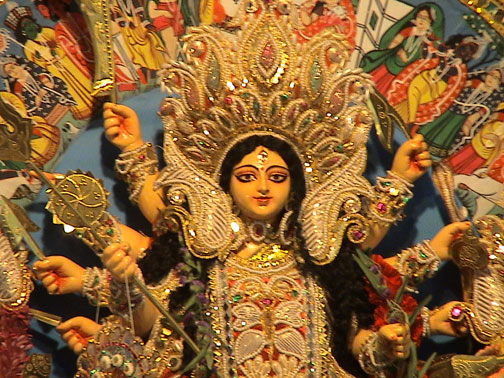
Sculptural relics of antiquity prove the all-India vogue of the Durga cult, and even in the Deccan and north India, where this imagery is not set up for adoration, there prevails the Navratri or the autumnal nine-nights worship with the consecrated pitcher of holy water and the bunch of nine kinds of herb and root. The Jains also have their nine-night ritual. In North India and in Mysore, the Dussehra or the tenth day of the puja is a festive occasion. In ancient times Hindu princes used to set out on an expedition on this auspicious day. Its special feature is the pageant known as Ramlila. The tableau exhibits the characters of the Ramayana on a platform set up at crossroads and market-places. Rama is said to have vanquished his enemy through the grace of Durga and shifted the worship from spring to autumn. The worship of Durga in Chaitra or spring is also done by individuals in their households.
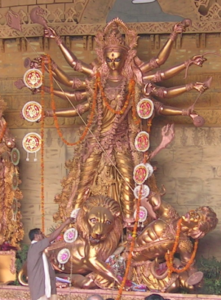
The Durga Puja rituals
-
Preliminaries: the preparations before the actual Durga puja begins.
-
Bodhana: the rites to awaken and welcome the goddess to be a guest, typically done on the sixth day of the festival.
-
Adhivasa: anointing ritual wherein many symbolic offerings are made to Durga, where each item represents a remembrance of subtle forms of her. Typically completed on the sixth day as well.
-
Saptami: bathing of the goddess, selection of the priest, elaborate prayers (arati), recitation of texts describing Durga heading to war against evil, group meditation, and scream-like crying at high points by women, done on the seventh day of the festival.
-
Mahastami: similar to Saptami, more prayers, recitation, and enactment of Durga legends and scriptures on the eighth day. The day is significant because the moment when it ends and the ninth day begins is considered the moment Durga kills the buffalo demon, the good once again emerges victorious over evil.
-
Sandhi Puja: a forty-eight-minute high point that celebrates the climax of war that goddess Durga was engaged in. In some regions, devotees sacrifice an animal such as a buffalo or goat, but in many regions, there isn’t an actual animal sacrifice and a symbolic remembrance substitutes it. The surrogate effigy is smeared in red vermilion to symbolize the blood spilled. The goddess is then offered food (bhog) by women, and afterward, everyone eats. Major sites celebrating Durga Puja engage in a sixteen-part devotional service. The community begins merrymaking, music, dancing, and women playfully smear the faces of their companions with sindoor (vermilion), all as a mark of the victory of good over evil.
-
Mahanavami: the ninth day of the festival observes rites similar to Saptami, with the difference that the celebration is after Durga’s victory and Vedic style homa (fire oblation) rituals, are now included. The other deities on the stage, such as Ganesha, Kartikeya, Lakshmi, and Saraswati are remembered and prayers offered to them.
The playful smearing of vermilion on Vijaya Dasami of Durga Puja, West Bengal.
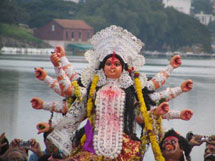
-
Vijaya Dasami: the tenth and last day, marked by a great procession where the clay statues are ceremoniously walked to a river or ocean coast for a solemn goodbye to Durga. Many mark their faces with vermilion (sindoor) or dress in something red. It is an emotional day for some devotees, and the congregation sings emotional goodbye songs. When the procession reaches the water, Durga is immersed, the clay dissolves, and she is believed to return to Mount Kailasha with Shiva and cosmos in general. People distribute sweets and gifts, visit their friends and family members. Some communities such as those near Varanasi mark the eleventh day, called Ekadashi, by visiting a Durga temple.
Drummers called dhakis, carrying large leather-strung dhak create music, people dance, and complete the final day of worship called aarti. On the tenth day, the clay Durga image is carried in a great procession, with music and dancing, to a river or to the ocean, where she is immersed as a goodbye and her return to Mount Kailasha and the cosmos



